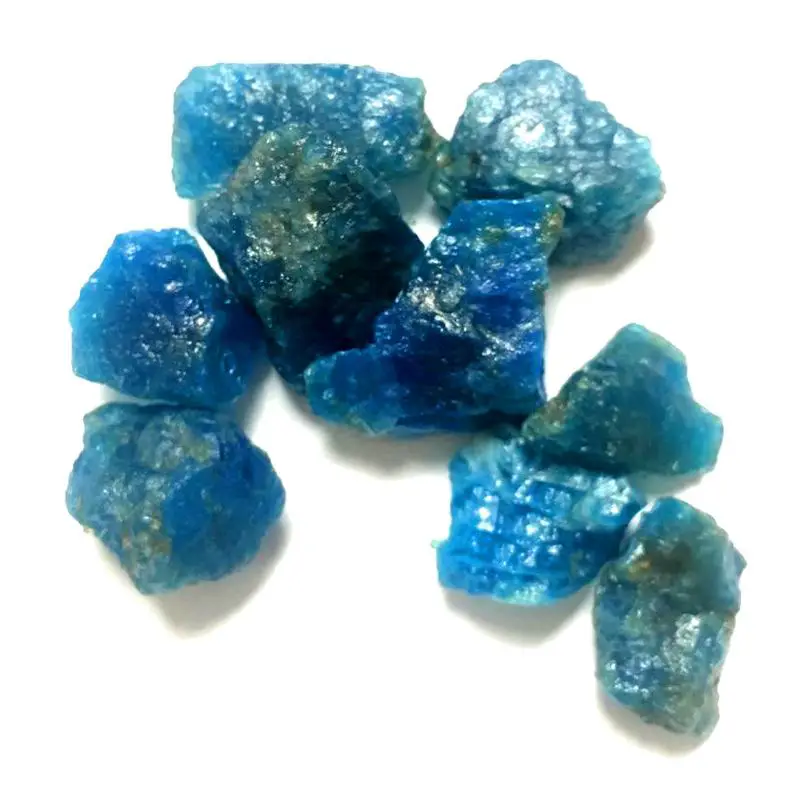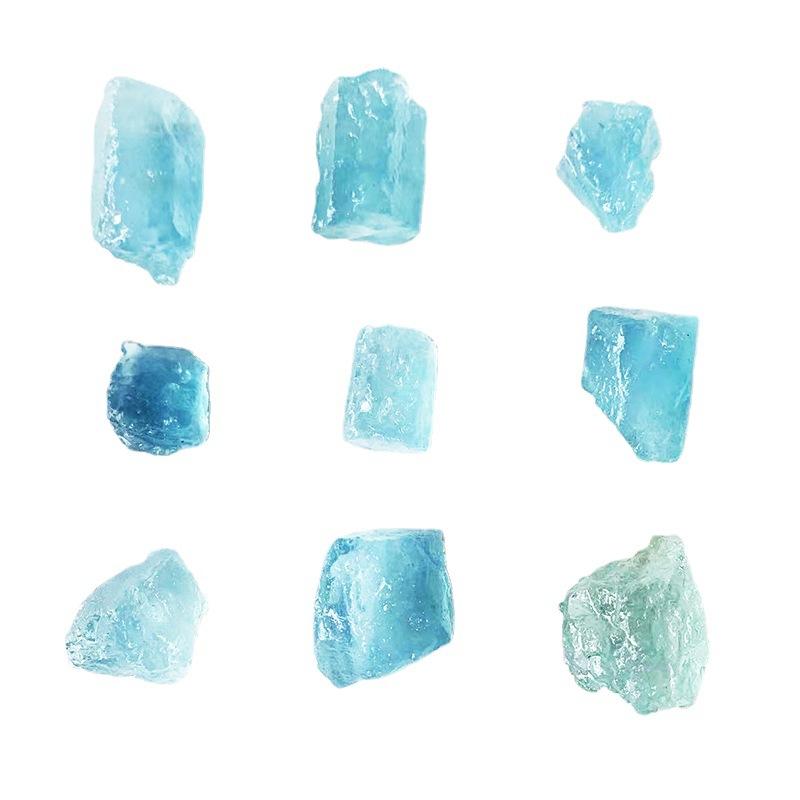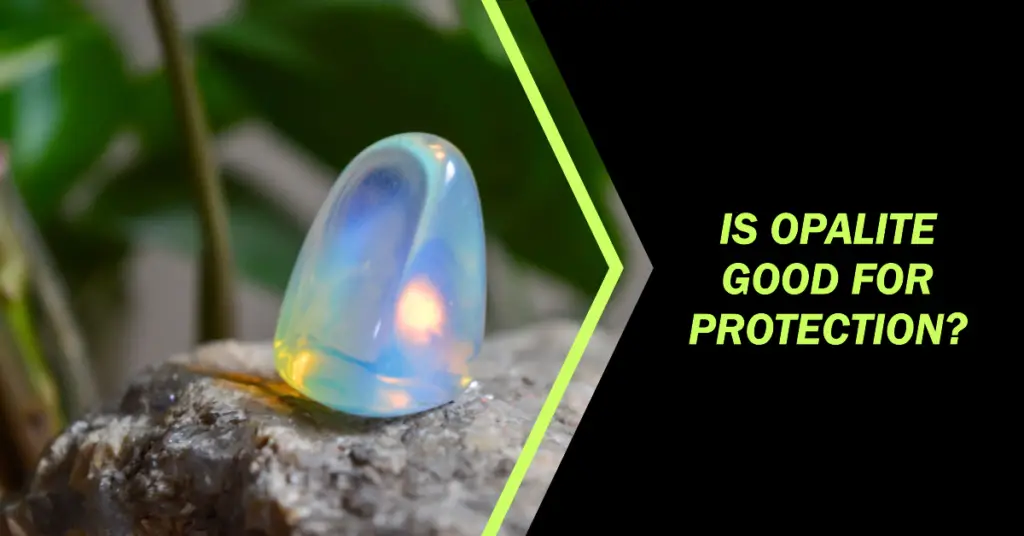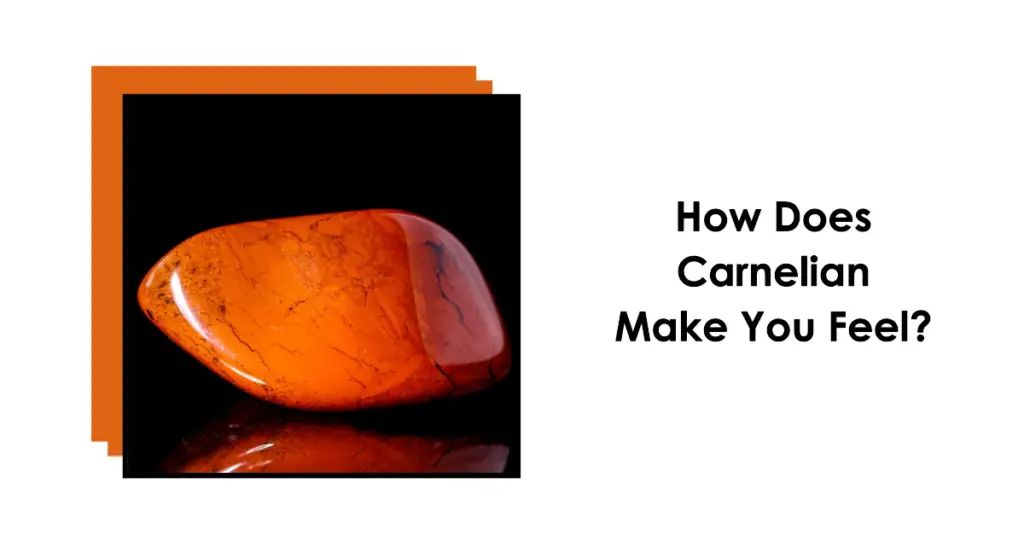As an icy cool blue gemstone, Aquamarine is a breathtakingly beautiful gemstone, perfect for jewelry. The pale blue color of aquamarine is reminiscent of refreshing, transparent water.
If you are considering purchasing an aquamarine ring, pendant, or other piece of jewelry, you may be wondering – does aquamarine fade over time? Can you wear your aquamarine jewelry every day without worrying about fading?
Does Aquamarine Change Color or Fade?
So, will aquamarine fade, lose color or change color over time? The short answer is – not really. Let’s take a longer look.
Of the many popular colored gemstones, aquamarine is one of the most stable in color.
However, there are some things that may affect the color of an aquamarine. Understanding these factors will help you keep your aquamarine jewelry looking its best:
Sunlight Exposure
Most colored gemstones are susceptible to light damage, and aquamarine is no exception. Prolonged exposure to sunlight can cause aquamarine to fade and lighten in color over time.
Ultraviolet radiation from sunlight excites the electrons in the trace iron ions in aquamarine, causing the stone to lighten in color. This sunlight-induced fading is irreversible and cannot restore the original vibrant color.
To prevent tarnishing, avoid exposing aquamarine jewelry to direct sunlight for extended periods of time. Remove jewelry when sunbathing, gardening or other outdoor activities.
Using gemstone-specific UV protection products can also help protect aquamarine from light damage.
Heat Treatment
Heating is a common industry practice used to enhance the blue color of light aquamarines. Heat-treated aquamarines take on an artificially created vivid blue color that may fade with heavy wear or cleaning.
Natural blue aquamarines will not fade due to temperature and humidity changes in an ordinary home, but heat-treated stones may gradually return to their original light color.
Irradiation
Aquamarines with a particularly intense blue color have likely been irradiated. This is where light-colored aquamarines are exposed to radiation to alter their atomic structure and create a vibrant blue color.
As with heat treatment, colors induced by artificial irradiation tend to be less stable than natural hues. Irradiated aquamarines may fade when exposed to harsh chemical cleaners, high temperatures or sunlight.
Cleaning Chemicals
Household cleaners and jewelry solutions contain harsh acids, solvents or abrasives that can strip gems of their color and cause fading. Ammonia, in particular, reacts with the trace elements in aquamarine and negatively affects its color.
When cleaning aquamarine jewelry, use mild soap and water. Avoid using steam cleaners, ultrasonic cleaners or harsh chemical solvents. Beware of using acids to repair jewelry – this can also cause discoloration.

Can You Shower With Aquamarine?
While not recommended, you can shower briefly while wearing your aquamarine ring, pendant or other jewelry. Avoid long, hot showers and direct impact of high-pressure water on the gemstone if possible.
Thermal shock from sudden changes in water temperature may cause small cracks to appear inside the gemstone. Chlorine in the pool can also slowly erode the gemstone.
Remove aquamarine jewelry when bathing in a hot tub, steam room or sauna – prolonged exposure to heat can damage the stone. For safety reasons, aquamarine jewelry should be removed before water activities.
Why Does Aquamarine Appear Cloudy?
Over time, dust and other tiny debris can build up on the surface of aquamarine. Soap films, skin oils and lotions can also contribute to the cloudy, dull appearance of the stone.
Without proper cleaning on a regular basis, the natural clear, transparent appearance of aquamarine can be affected by buildup – making it look cloudy or whitish.
How To Keep Aquamarine Shiny
Aquamarine has a hardness of 7.5-8 and has a glassy luster when freshly polished. However, over time it will begin to dull.
Restore the flawless luster of aquamarine by using the following tips:
- Wash regularly with mild soap and water – to remove dirt that dulls the surface.
- Occasionally polish with a sunshine jewelry cloth or jewelry polishing felt.
- Antistatic cloths (such as eyeglass cloths) remove dust and restore shine.
- If necessary, have the stone professionally repolished by a jeweler every few years.
- Replacement or addition of protective rhodium plating on white gold or platinum bases – prevents metal scratching.
- If home methods do not work, take it to a jewelry store for professional cleaning.
Clean and polish occasionally, and your aquamarine jewelry will retain its extraordinary brilliance for many years to come. Pay attention to facets for signs of dullness or scratches – then take action to restore their perfect ice-blue luster.

Frequently Asked Questions
Still have questions about aquamarine? Here are the answers to some frequently asked questions:
What is aquamarine?
Aquamarine is a type of the mineral beryl, which belongs to the same mineral family as emerald. While emeralds range in color from yellowish green to deep emerald green, Aquamarine presents a soft blue color ranging from a very light sky blue to a deeper ocean blue.
The name “aquamarine” comes from the Latin word meaning “water of the sea”, alluding to its lovely blue hue. Some aquamarines are slightly blue-green in color, while others are a pure icy blue.
With a hardness of 7.5 to 8 on the Mohs scale, aquamarine is a fairly durable stone for jewelry. Its main mineral components are
- Beryllium Aluminosilicate (Be3Al2Si6O18) – This gives aquamarine its transparency and color.
- Iron – Traces of iron give aquamarine its blue and green color.
- Sodium – Sodium atoms in the crystal structure affect the transparency of aquamarine.
Does aquamarine scratch easily?
Aquamarine has a hardness of 7.5-8 on the Mohs scale and therefore carries a risk of scratching. It is advisable to remove aquamarine jewelry before engaging in manual labor, gardening or cleaning. It should also be stored separately from other stones that may cause scratches.
Should I take off my aquamarine ring and go to bed?
It is best to remove your aquamarine ring before going to bed. The ring may bump into furniture or get damaged while sleeping. It is also a good idea to remove your ring when performing household cleaning and chores to avoid exposure to chemicals.
Can aquamarine go in the water?
Pure water is fine, but chlorine and salt water should be avoided. Pools, hot tubs, and seawater all contain chemicals and minerals that can corrode aquamarine or discolor it over time. It is best to remove your aquamarine jewelry while swimming.
Does aquamarine need to be deep cleaned?
It’s a good idea to have a jeweler do a deep clean once in a while. An ultrasonic cleaner will remove all the buildup from underneath the stone and in the crevices of the setting. A polish will also bring back the luster of the stones and metal. Do this every 2-3 years.
How to recognize the authenticity of an aquamarine?
Indicators of a genuine aquamarine include a cool blue color with no paint or foil backing, straight natural growth lines under magnification, bubbles or inclusions, a slight dichroic coloration when viewed from different angles, and a hardness on the Mohs scale of approximately 7.5-8.

Conclusion
The stunning pale blue hue of aquamarine is reminiscent of soothing ocean waters. In contrast to many colored gemstones, aquamarine is less prone to fading, but avoiding wearing it in harsh environments helps to preserve its lovely color.
Wise care also helps prevent damage from impact or temperature fluctuations. With a few simple precautions and occasional cleaning, aquamarine jewelry can be worn and enjoyed every day while maintaining its icy brilliance.
About the Author
I was introduced to the power of crystals by chance during a trip overseas ten years ago, and began to learn about crystals and meditation. After years of experiencing firsthand the beauty and benefits of crystals, I founded CrystalWith to share my knowledge with others.




